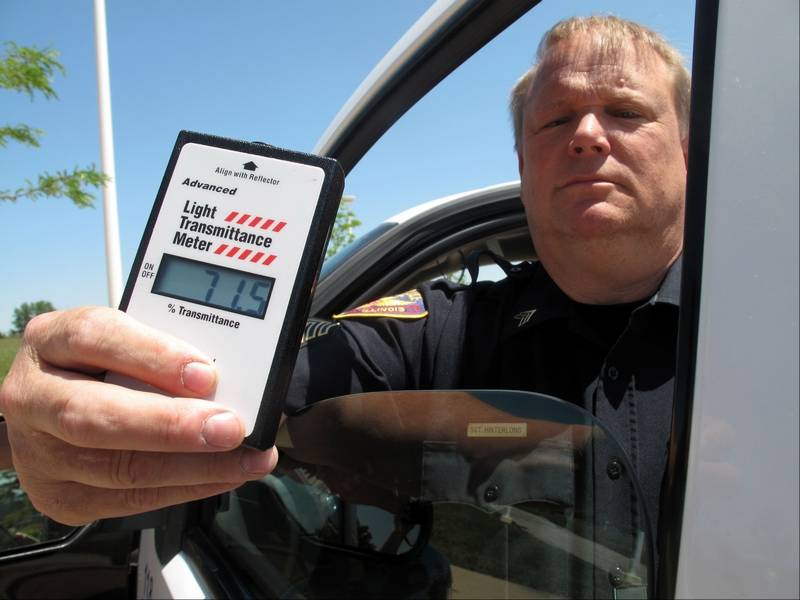

It will cost you more, making it important to research your local area's window tint regulations. Each state has its own VLT (visible light transmission) tinting regulation so before you buy we recommend that you consult your local state authority. It’s also likely that you’ll have to remove and change your window tint to follow the law.

In most places, only the top four inches of the windshield can have any tint, but it is normally.

Basically what this means is the percent of. In most cases, the front windshield is the most restrictive. solar reflectance of visible light of not more than 25 percent as measured on the nonfilm.
Window tint percentages by state windows#
While owners have the freedom to use any tint window percentage on the rear and back-side windows.įailing to adhere to the legal window tint percentages in your area results in violation tickets. Visible Light Transmission percentage (VLT) is the variable by which window tint darkness is measured by. 316.2953 Side windows restrictions on sunscreening material. As for back-side windows, its reflectiveness rating must be lower than 35%.Īnother example is Illinois’s tint law which states that cars should not have a window tint percentage of more than 35% on the back, front, and rear windows. Every state has their own laws about what percentage of window tint is legal. For SUVs, vans, and sedans, front-side windows can’t have a reflectiveness rating over 25%. Window tinting is a film that is applied to your car or trucks windows. Meanwhile, vans and SUVs' VLT ratings must be 6% for the same windows.įlorida State law also limits the reflectiveness of car windows. The backside and rear windows must have a VLT of 15%. Front Side windows: Must allow more than 24. The legal window tint percentages vary from one state and country to another.įor instance, the front side windows of sedans must have a visible light transmission (VLT) of at least 28% in Florida. Tint darkness for sedans: Windshield: Non-reflective tint is allowed on the top 6 inches of the windshield. When choosing which window tint percentage is right for your car, it’s paramount that you look into the legal laws on window tints in your area. (Note: NR is used in lieu of No, Any, or a specific percentage when the law permits unspecified. 32:361.2, valid medical reasons (indicated below) exist which makes it necessary to equip the above described vehicle. Did you know that in Virginia, passenger front side windows can go up to 50% tint percentage? While the rear windows and passenger rear side windows can’t go beyond a 35% window tint percentage. Automotive tinting laws vary by state and by province.


 0 kommentar(er)
0 kommentar(er)
